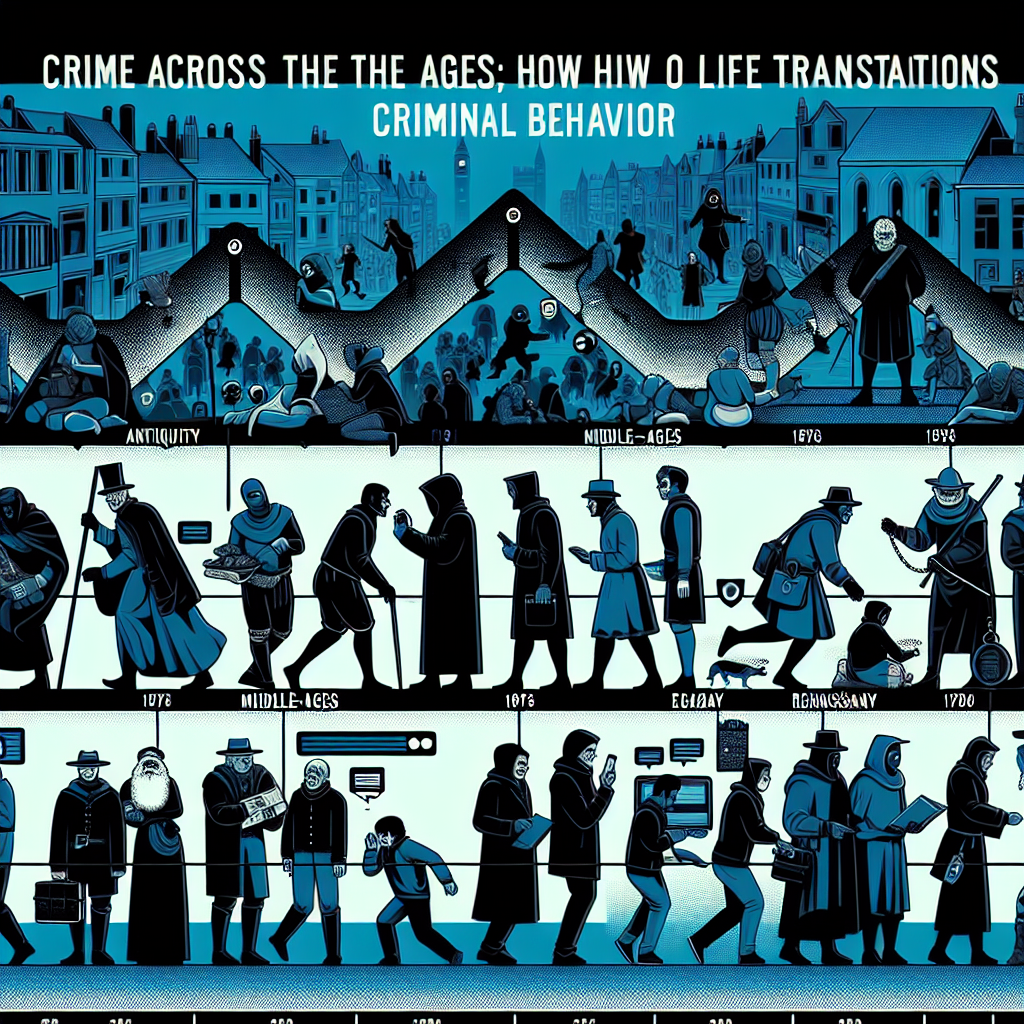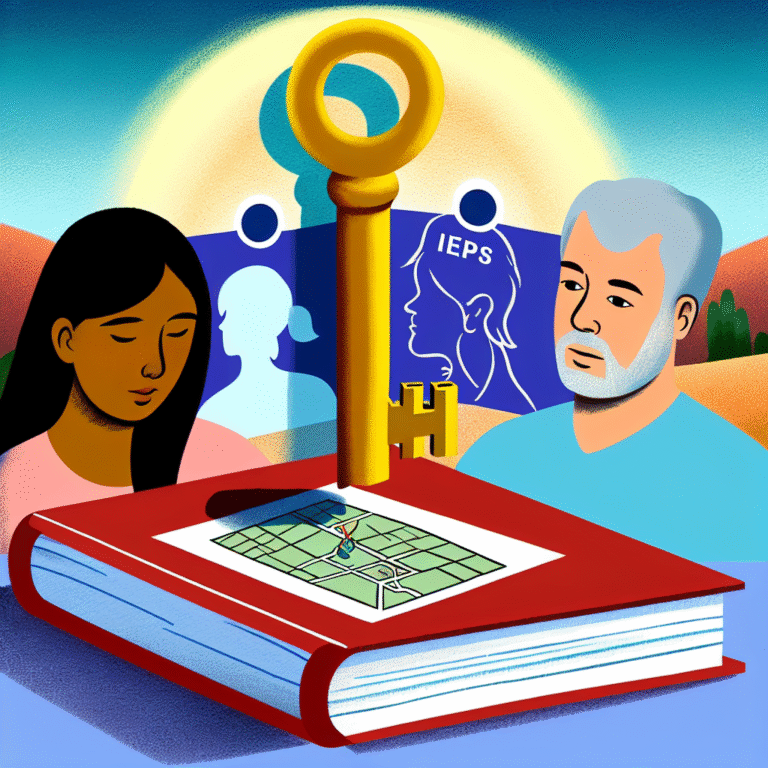
Introduction: The Ever-Evolving Landscape of Crime
Crime is not as static as it may appear. It evolves, influenced by various social, psychological, and environmental factors. Crime Across the Ages: How Life Transitions Influence Criminal Behavior unveils the dynamic nature of criminal actions and behaviors as they relate to significant life changes. From adolescence to midlife crises, these transitions often serve as pivotal moments that can lead individuals down a path of unlawful behavior. By understanding the intersection of life stages and criminality, we can create intervention strategies that promote societal well-being.
Life Stages and Criminal Behavior: A Historical Perspective
Childhood and Adolescence: The Crucible of Development
Childhood is perhaps the most formative time in anyone’s life. The influence of family, social surroundings, and early life events can set the stage for future behaviors. Criminologist Elliott Currie posits that children exposed to violence or instability are more likely to engage in criminal acts later in life.
Case Study: The Boys of a New York City Neighborhood
Consider a study conducted in a low-income neighborhood in New York City. Researchers tracked the lives of 200 boys from kindergarten through adolescence. They found that exposure to violence and neglect during childhood correlated with increased criminal behavior in young adulthood. The findings indicate that life transitions marked by instability can lead to paths of delinquency, exemplifying the theme of Crime Across the Ages: How Life Transitions Influence Criminal Behavior.
Young Adulthood: Choices and Consequences
As individuals transition into young adulthood, they encounter an array of challenges and choices that can influence their paths. This period often involves exploring identity, facing peer pressure, and grappling with societal expectations.
Table 1: Young Adult Crime Rates in Different Socioeconomic Backgrounds
| Socioeconomic Status | Crime Rate (%) |
|---|---|
| Low | 15% |
| Middle | 7% |
| High | 2% |
The above table highlights that individuals from lower socioeconomic backgrounds experience significantly higher crime rates. This suggests that life transitions, particularly financial and social stability, profoundly influence criminal behavior.
Case Study: The Stanford Prison Experiment
The Stanford Prison Experiment serves as a cautionary tale about the malleability of human behavior. Originally designed to study psychological effects, the experiment unexpectedly highlighted how roles and environment can lead to immoral actions. Participants thrust into the role of "guards" quickly adopted authoritarian behaviors, illustrating how life transitions—such as moving from civilian life into a structured setting—can dramatically shift morality and behavior.
Midlife: Reflection and Regret
Midlife can serve as a perplexing period filled with introspection. As individuals confront aging and life’s repetitious nature, some may turn to crime as a misguided escape route.
Case Study: The Rise of White-Collar Crime
A notable increase in white-collar crime can be observed during midlife. Individuals who find themselves dissatisfied with careers or living in fear of financial instability may resort to fraudulent activities. Case studies surrounding executives involved in significant financial frauds reveal that these incidents often occur in midlife. Here, the life transition of seeking greater financial security can lead individuals to ethical gray areas, showcasing that age is not a protective factor against criminality.
The Role of Mental Health in Transition Stages
Mental health issues can become pronounced during midlife, spurring transitions that may lead to anti-social behavior. Individuals experiencing depression or anxiety often struggle to cope, which can lead to criminal acts as a form of self-medication or expression.
Aging: The Unseen Crime Wave
As people transition into their senior years, societal perceptions may shift, influencing the type of crimes committed. Elderly individuals may find themselves in vulnerable situations, becoming victims of crime, or they may engage in criminal behaviors due to unmet needs.
Case Study: Elder Abuse
Elder abuse is a crime that often remains unnoticed. Studies reveal that a significant number of elderly individuals suffer from abuse or financial exploitation by caregivers or family members. It illustrates another layer of crime where aging transitions may cause vulnerabilities that lead to exploitation, encapsulating the complexities of Crime Across the Ages: How Life Transitions Influence Criminal Behavior.
How to Mitigate Crime Through Understanding Transitions
1. Early Intervention in Childhood
Implementing community programs aimed at youth through mentorship and support not only fosters a sense of belonging but can significantly reduce the likelihood of future criminal behavior.
2. Social Support for Transitioning Young Adults
Providing resources for education, job training, and counseling can empower young adults, steering them away from criminal activity. Social support is vital during this critical life transition stage.
3. Mental Health Resources for Midlife Adults
Incorporating mental health resources during midlife can help individuals reflect on life transitions constructively. Programs that foster coping strategies can be beneficial in reducing the likelihood of resorting to crime.
4. Legal Protections for the Elderly
Creating and enforcing strict legal protections against elder abuse can safeguard vulnerable populations. Increased awareness and training for caregivers can help mitigate crime against the elderly.
Conclusion: Creating a Safer Future
Understanding Crime Across the Ages: How Life Transitions Influence Criminal Behavior provides valuable insights into the cyclical nature of crime. By intervening at critical life stages, we can break the cycles of criminal behavior and foster a healthier society. It is essential for communities, policymakers, and individuals to recognize these transitions and the underlying factors that lead to crime.
FAQs Section
1. How do life transitions significantly impact criminal behavior?
Life transitions can create both stress and opportunity, leading individuals to either choose lawful paths or turn towards crime based on their circumstances.
2. Are certain age groups more prone to crime than others?
Yes, young adults and those experiencing midlife crises are often found to have higher rates of criminal behavior influenced by societal pressures and personal issues.
3. How can society mitigate crime linked to life transitions?
Societal interventions, such as education programs, mental health resources, and community support systems, can significantly reduce the incidence of crime during critical life transitions.
4. What role does socioeconomic status play in criminality?
Individuals from lower socioeconomic backgrounds often experience higher stress levels and fewer opportunities, which can increase vulnerability to engage in criminal behavior.
5. Can elderly individuals also engage in criminal behavior?
Yes, while often seen as victims, elderly individuals may engage in criminal behavior due to exploitation or unmet needs, underscoring the complexity of crime across the ages.
This exploration into Crime Across the Ages: How Life Transitions Influence Criminal Behavior invites us to reflect on our roles in fostering safer societies. By understanding the nuances of crime, we pave the way toward transformative solutions that benefit individuals and communities alike.















